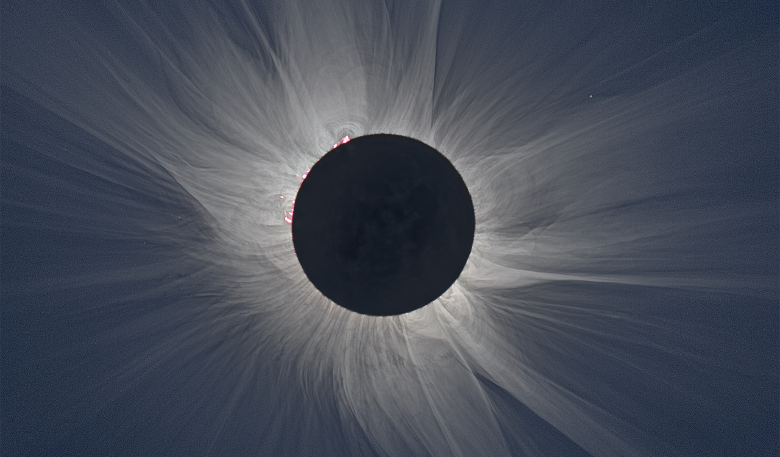America was gripped by a total eclipse of the sun yesterday with viewers along the path of totality experiencing two minutes of nighttime in the day.
It was the first total solar eclipse visible in the continental United States in 38 years and the first coast-to-coast total solar eclipse in the US in nearly a century.
Those outside the path of totality, were still able to view a partial eclipse where the moon covers part of the sun's disk, but if you were lucky enough to be in the right location within the 115 km-wide swath of totality stretching from Oregon to South Carolina, then some observers were treated with an extra 40 seconds of eerie twilight, as the moon completely covered the sun.
The eclipse had been hotly anticipated for weeks, if not months by those who were due to see one of nature’s most spectacular events, which in this case was visible over four continents and accessible to millions of people.
Aside from being a wonderful sight to behold (if that isn’t enough in itself), the fascination of the sun being blocked by the moon extends not only to enthusiasts but to scientists who study the sun. When the moon obscures the sun, it reveals the normally hidden, halo-like corona - the outermost part of the sun’s atmosphere. The corona is usually hidden by the bright light of the sun's surface, but on such occasions as a total eclipse the glowing-white corona can be seen with simple hand-held solar viewers.
How the corona maintains such a high temperature – which is hundreds of times hotter than the sun’s surface – has puzzled astronomers for a very long time, however a new mission set to launch in 2020 could help scientists understand this and other Sun-related mysteries.
The pioneering space mission from ESA known as Proba-3, is comprised of two small metre-scale satellites that will line up to cast a precise shadow across space to thus act as an artificial total eclipse. This person-made induced eclipse will allow researchers a sustained view of the sun’s immediate vicinity for up to six hours at a time; sufficiently longer than the remarkable cosmic coincidences when the sun and moon overlap naturally.
“The main technical challenges of the mission is to keep the two satellites at a relative position of altitude within 1 millimetre error. It is like shooting an arrow from 150 metres away and trying to get the centre of the target within one millimetre,” explained Andrea Santovincenzo, ESA System Engineer on the mission.
That in itself sounds hard enough, but the mission also has to cope with orbital velocities for the satellites that range from 1 kilometre per second (km/s) when they are at apogee, to 10 km/s when they are at perigee of their orbit.
Up until now, the best accuracy that has been achieved in relative positioning and altitude is in the order of centimetres added Santovincenzo. Now, the team are aiming for an order of magnitude better, I.e with an accuracy of millimetres, in order to get to the level required for the mission to proceed further.
Meanwhile, back on Earth, for those unlucky enough not to see so much as a hint of an eclipse, the next event that can be seen in the continental United States will be on 14 October, 2023 which will be visible from Northern California to Florida. And if that isn’t suitable, then there is a further chance on 8 April, 2024 when a total solar eclipse will be visible from Texas to Maine.











